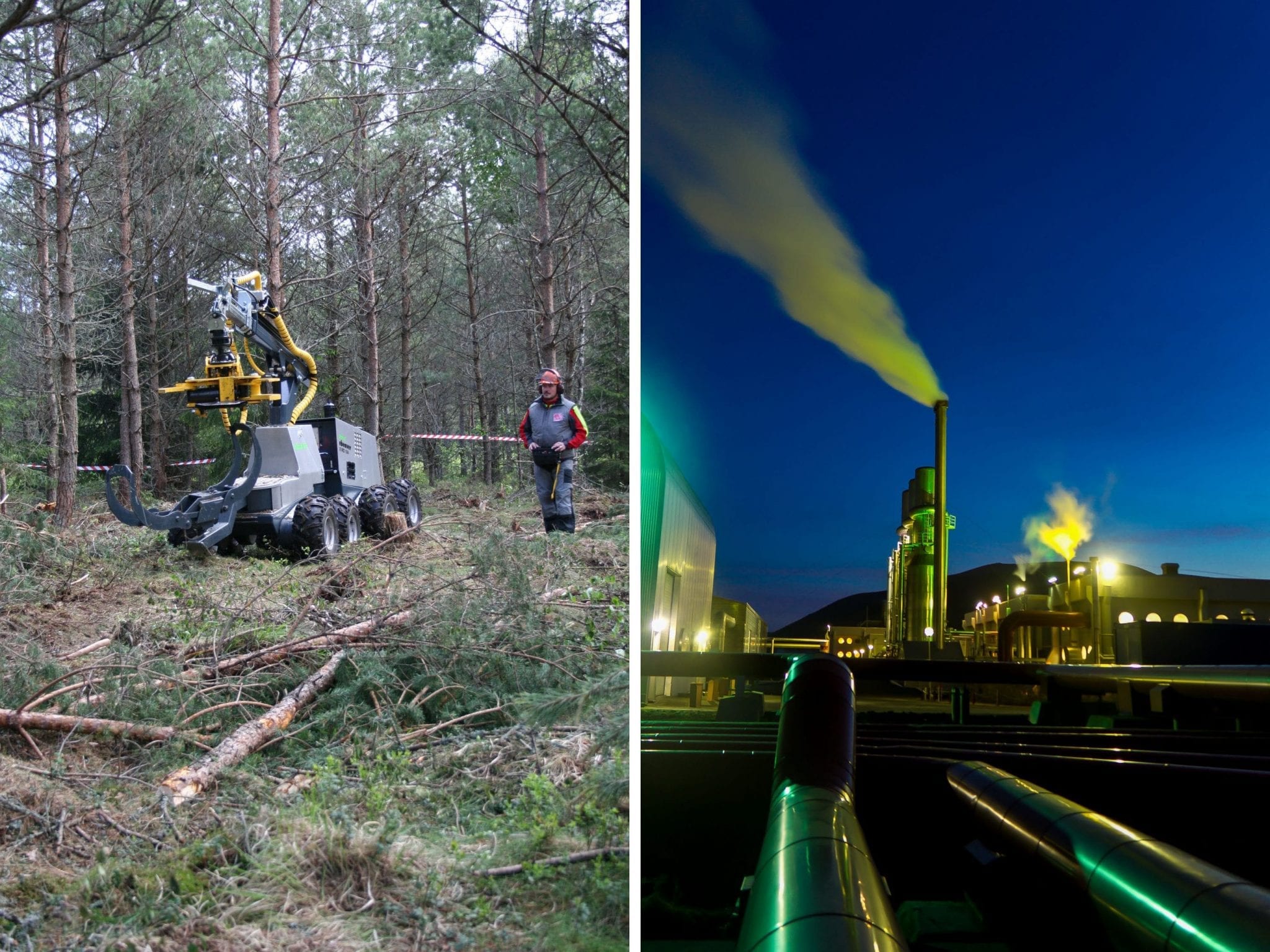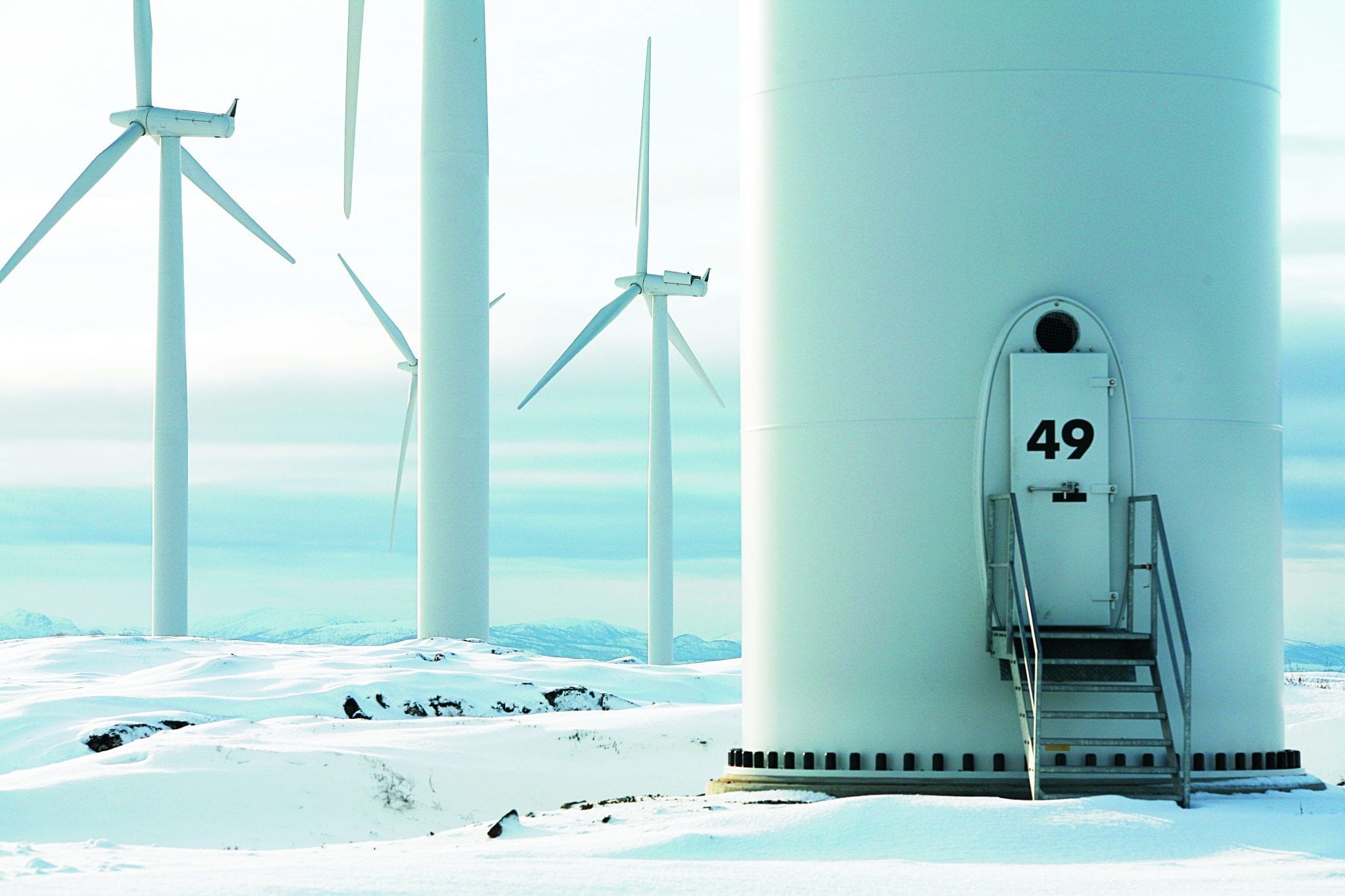According the EU’Observ’ER, the different renewable energies – including biomass – represent together an annual turnover of €137 billion and provide over 1 million jobs across Europe. For some, including biomass is controversial since it is basically just organic material used as a fuel: cow-dung patties in India are considered biomass; sugar-cane in Brazil is used to make biofuels; wood remains the largest biomass energy source, from dead branches and dry leaves to stumps and chipping that can be burned. Despite some controversy, biomass is included as a renewable by EU policy.
Besides our use of wood, humans have relied on water and air and the sun as really the most basic sources of sustenance. Now we are discovering new ways to harness these natural energies in more efficient ways. We are finding ways to collect more renewable energy and to connect such energies with more people in more places. We are also learning to maximize returns for our growing energy needs while diminishing our impact on our surrounding environment. With pioneering technological advances, we are moving towards hybrid uses of renewables, such as using solar energy to power desalination plants to bring clean water to the arid regions of Arabia for example.
Such innovation and technology are the driving forces behind the energy transition that irrevocably includes a greater portion of renewables in the energy mix. Nuclear and coal remain constants in countries like France and China, respectively, but in both we see a growing trend towards more investments in more projects creating more jobs and ‘greener’ development. As leading global investor in renewables, Europe is at the forefront of such financial disbursements.
This photo essay complements our special report and unique photo exhibition – Visualizing Energy | Renewables in Action – on display outside the European Parliament during the EU Sustainable Energy Week and throughout this summer and fall at different venues in Brussels. Revolve presents the human dimension of renewables by showing workers in action on different projects around Europe to encourage investing in a more sustainable future.











